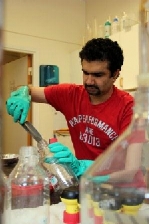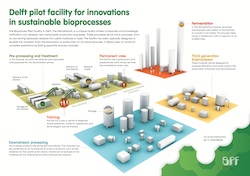 Georgia State Rep. Rusty Kidd (Independent – Milledgeville) has introduced the Rural Georgia Economic Recovery and Solar Resource Act of 2014, that if passed, would create greater access to solar and an economic opportunity for rural Georgia. According to Georgia Solar Utilities, the bill would bust the current monopoly on solar in Georgia and allow competitive bidding for construction of new solar projects by private companies, ensuring costs to drop and deliver real price-savings to customers.
Georgia State Rep. Rusty Kidd (Independent – Milledgeville) has introduced the Rural Georgia Economic Recovery and Solar Resource Act of 2014, that if passed, would create greater access to solar and an economic opportunity for rural Georgia. According to Georgia Solar Utilities, the bill would bust the current monopoly on solar in Georgia and allow competitive bidding for construction of new solar projects by private companies, ensuring costs to drop and deliver real price-savings to customers.
What the bill does: 1) Provides a 100% voluntary solar program that would allow ratepayers to opt-in on their monthly bill. 2) Lowers power bills for customers who take advantage of the failing costs of Georgia-grown solar energy. 3) Opens the marketplace for competition in the solar industry, under the supervision of the Georgia Public Service Commission. 4) leverages private-sector investment to finance solar projects, not taxpayer subsidies. 5) Compensates utilities for grid access and other electricity transmission costs.
Georgia Solar Utilities is asking that solar supporters send a thank you note to the sponsors of the bill to help garner support. They are:
Chief Sponsor: Rep. Rusty Kidd: 404.656.0202
Co-Sponsors:
- Rep. Buzz Brockway: 404.656.0188
- Rep. Gloria Frazier: 404.656.0265
- Rep. Carol Fullerton: 404.656.0116
- Rep. Tom Kirby: 404.656.0177
- Rep. Terry Rogers: 404.656.0178











